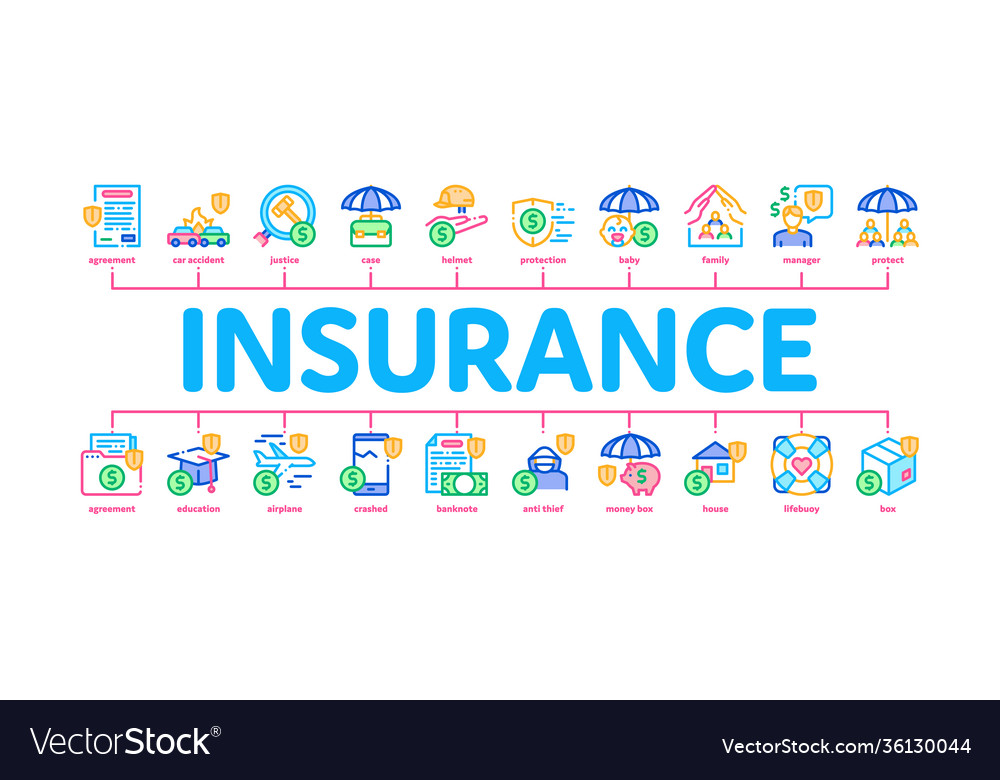Pacific Prime - Questions
Pacific Prime - Questions
Blog Article
The smart Trick of Pacific Prime That Nobody is Talking About
Table of ContentsThe 10-Second Trick For Pacific PrimePacific Prime for BeginnersTop Guidelines Of Pacific PrimeAll About Pacific Prime
In many states, the insurance company is required to send you a duplicate of the adjustments to your policy. It is necessary that you check out Endorsements or Bikers so you comprehend just how your policy has altered and if the plan is still ample to meet your needs. To get a duplicate of your insurance plan, please call your insurance agent or business.
The Institute of Medication (IOM) Committee on the Consequences of Uninsurance launches an extended exam of proof that addresses the relevance of medical insurance coverage with the magazine of this record. Coverage Matters is the initial in a series of six records that will be provided over the next 2 years documenting the truth and repercussions of having an estimated 40 million people in the United States without health and wellness insurance coverage.

The Ultimate Guide To Pacific Prime
The goal of this collection of studies is to refocus policy focus on a longstanding issue. Following the longest economic growth in American background, in 1999, an approximated one out of every six Americans32 million grownups under the age of 65 and greater than 10 million childrenremains without insurance (Mills, 2000).

Ten percent of the population represent 70 percent of healthcare expenses, a correlation that has actually stayed continuous over the past three decades (Berk and Monheit, 2001) - group insurance plans. Hence medical insurance remains to offer the function of spreading risk even as it increasingly funds regular care. From the point of view of healthcare service providers, insurance coverage carried by their clients assists secure an earnings stream, and areas gain from economically feasible and steady health treatment specialists and institutions
Government provides medical insurance to populaces whom the personal market may not serve efficiently, such as disabled and senior citizens, and populaces whose access to health care is socially valued, such as youngsters and expectant women. The best ends of health insurance protection for the individual and communities, including office neighborhoods of staff members and employers, are boosted wellness outcomes and lifestyle.
Pacific Prime Fundamentals Explained
Workers rank wellness insurance coverage first without a doubt in importance among all the advantages used in the workplace (Salisbury, 2001). There have been substantial financial investments of personal and public funds to offer health and wellness insurance policy, lots of people still have no protection. Despite comprehensive coverage of study findings look at this web-site and wellness care study results, the public stays confused and misinformed regarding Americans without medical insurance and the ramifications of lacking insurance coverage.
:max_bytes(150000):strip_icc()/terms_i_insurance_FINAL_-3556393b3bbf483e9bc8ad9b707641e4.jpg)
Without concern, the complexity of American healthcare funding mechanisms and the wealth of sources of details add to the general public's confusion and suspicion concerning medical insurance statistics and their interpretation. This report and those that will adhere to purpose to distill and present in readily reasonable terms the comprehensive research study that births on inquiries of health insurance policy protection and its value.
Fifty-seven percent of Americans questioned in 1999 thought that those without medical insurance are "able to obtain the treatment they require from medical professionals and medical facilities" (Blendon et al., 1999, p. 207). In 1993, when nationwide focus was concentrated on the problems of the without insurance and on pending healthcare regulations, just 43 percent of those surveyed held this idea (Blendon et al., 1999).

They also obtain fewer preventive solutions and are less likely to have normal take care of persistent conditions such as hypertension and diabetes mellitus. Persistent illness can result in costly and disabling difficulties if they are not well taken care of (Lurie et al., 1984; Lurie et al., 1986; Ayanian et al., 2000). One national study asked even more than 3,400 grownups regarding 15 highly major or somber conditions.
Get This Report about Pacific Prime
Added proof is presented later on in this chapter in the conversation of insurance policy and access to healthcare. http://tupalo.com/en/users/6478264. People without medical insurance are young and healthy and pick to do without insurance coverage. Almost fifty percent (43 percent) of those surveyed in 2000 thought that individuals without medical insurance are most likely to have health troubles than people with insurance
Voters and policy manufacturers in focus team conversations define those without insurance policy as youngsters who have the chance to be covered and feel they do not require it (Doorperson Novelli, 2001). Compared to those with at least some private insurance coverage, the uninsured are much less most likely to report remaining in superb or very good health and wellness (Agency for Medical Care Research Study and Quality, 2001).
RESOURCE: Facility for Price and Funding Research Studies, Agency for Medical Care Research and Quality, based on MEPS information. Young adults in between 19 and 34 are even more likely to do not have medical insurance than any kind of other age. This is chiefly due to the fact that they are less usually eligible for employment-based insurance policy due to the nature of their job or their short tenure in it.
The perception that people without insurance policy have better-than-average health and wellness follows from perplexing the relatively young age profile of the uninsured with the much better health, usually, of more youthful individuals. This obscures the web link in between health and wellness standing and medical insurance. For those without access to workplace medical insurance, poor health is a prospective barrier to purchasing nongroup insurance coverage due to the fact that such protection may be very priced, omit preexisting problems, or be merely not available.
Report this page